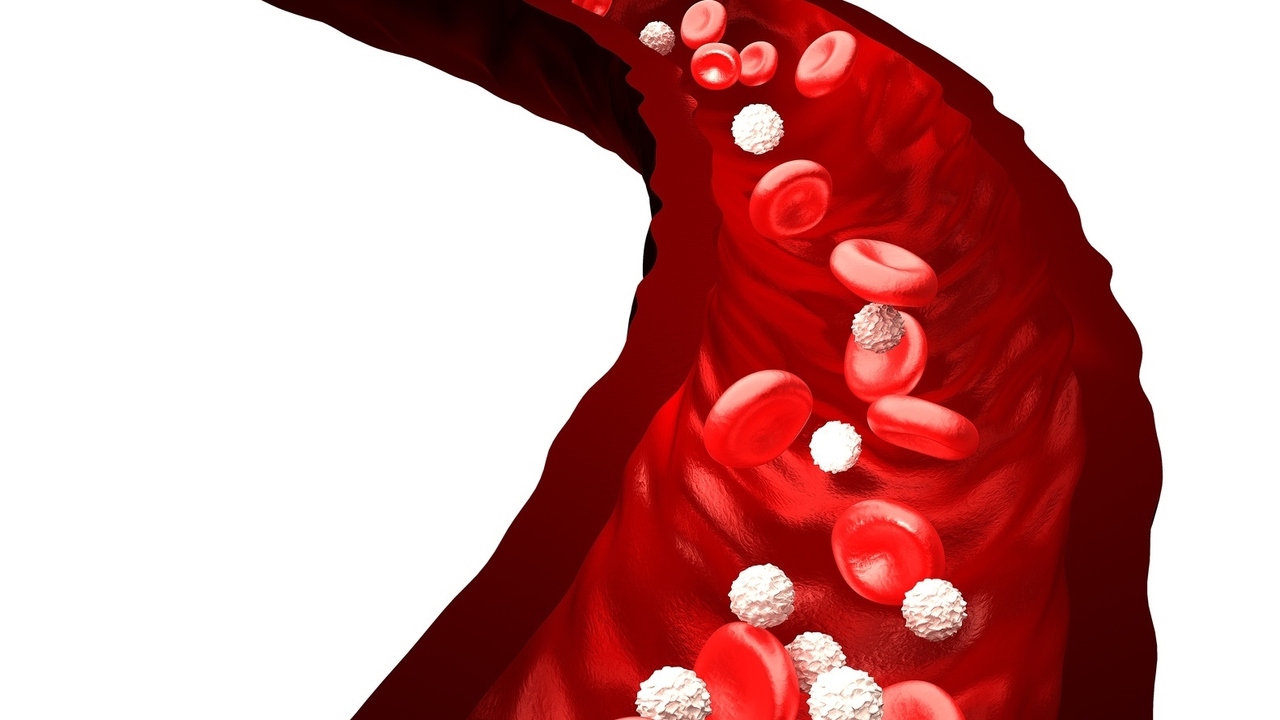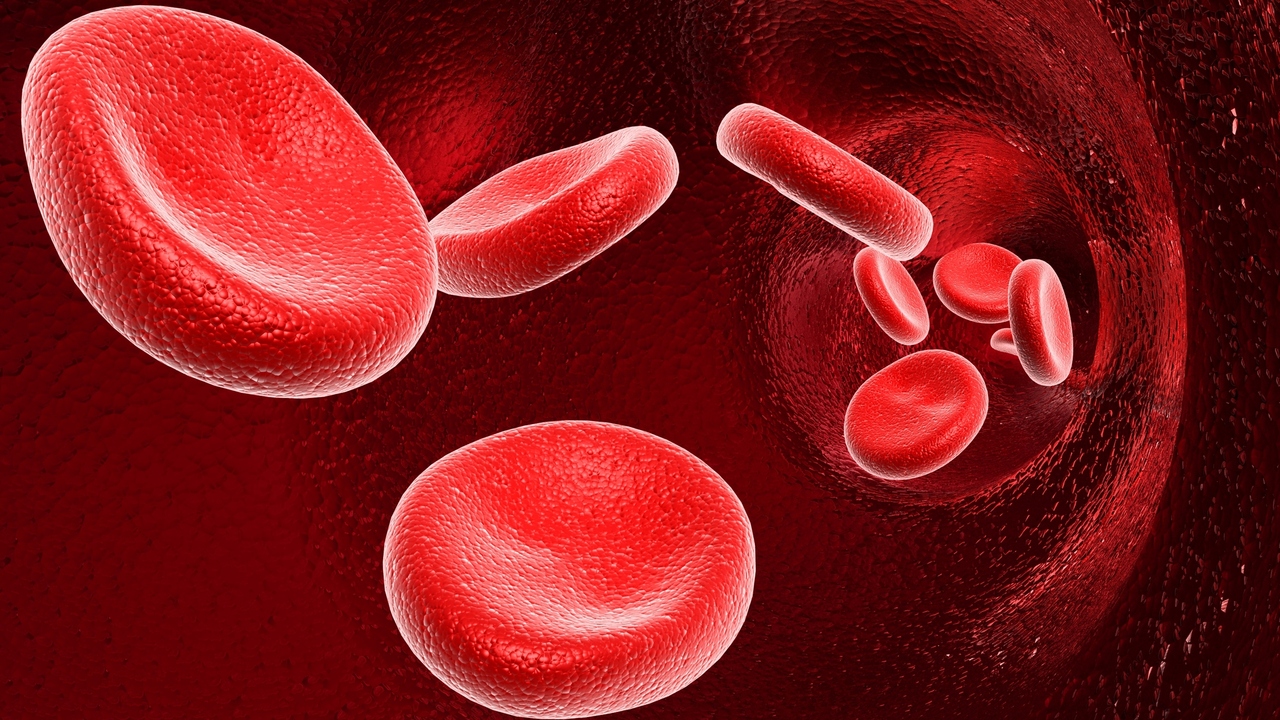Leukemia is the most common type of cancer in children. The Leukemia and Lymphoma Society estimates that over 3,000 children will be diagnosed with leukemia in 2010. This condition starts in the bone marrow and affects production of blood cells. About half of all childhood leukemia cases occur by the age of 3.
Risk factors for leukemia include:
1. Gender. Males account for 57 percent of new cases.
2. Race. The incidence is highest in whites (12.9 per 100,000), and lowest in Native Americans (6.5 per 100,000).
4. Exposure to ionizing radiation. In some cases, radiation therapy for other cancers can produce leukemia.
However, all these risk factors together account for less than 10 percent of childhood leukemia cases. Researchers continue to look for risk factors that can be modified.
Most childhood leukemia cases are characterized by obvious abnormalities in the chromosomes, suggesting that genetic damage to the parents could be the cause. In animal models, chromosome damage to both males and females can produce blood cancers in their offspring. In humans, men have experienced DNA damage detectable in the sperm cells. The United States Environmental Protection Agency has identified 165 pesticide chemicals as known, probable, or possible human carcinogens. Based on these data, a Canadian research team reviewed the medical literature for associations between childhood leukemia and parental exposure to pesticides.
Occupational exposure to pesticides, mostly in farm workers, may represent the highest levels of risk from these chemiclas. The Canadian review article found 31 studies reported during the time period 1950 to 2009. The combined data show a significant association between pesticide exposure during pregnancy and childhood leukemia. For fathers exposed to pesticides before conception, there is not a significant association.
In a second paper, the researchers reviewed studies linking residential pesticide exposure to childhood leukemia. The quantities of pesticides used at home are expected to be much smaller than those used in agriculture. However, exposure to residential pesticides during pregnancy and childhood still showed a positive association with childhood leukemia.
The authors suggest:
1. Public health policies to minimize occupational pesticide exposure for pregnant women.
2. Reducing the amount of pesticide used for “cosmetic” purposes. The authors acknowledge the need for some pesticides to reduce health hazards from infestations, but suggest that a beautiful yard or garden may not be worth the risk of childhood leukemia. Unfortunately, there are few data on the differences between herbicides and insecticides in terms of risk.
3. Further studies of residential pesticide use to see which ones present the most significant risk.
References:
1. Wigle DT et al, “A systematic review and meta-analysis of childhood leukemia and parental occupational pesticide exposure”, Environ Health Perspect. 2009 Oct; 117(10): 1503-13.
2. Turner MC et al, “Residential pesticides and childhood leukemia: A systematic review and meta-analysis”, Environ Health Perspect. 2010; 118: 33-41.
3. Leukemia and Lymphoma Society
http://www.leukemia-lymphoma.org/hm_lls
Linda Fugate is a scientist and writer in Austin, Texas. She has a Ph.D. in Physics and an M.S. in Macromolecular Science and Engineering. Her background includes academic and industrial research in materials science. She currently writes song lyrics and health articles.






Add a Comment1 Comments
Linda - Thanks for this information, but I'd like to see awareness go further, especially since this is Leukemia Awareness Month. It's tragic that so many children are affected - as you noted some 3, 000 children will be diagnosed in 2010. Leukemia, however, is very much an adult cancer and more adults are at risk than children. According to the National Cancer Institute, 43,050 men and women (24,690 men and 18,360 women) will be diagnosed with and 21,840 men and women will die of leukemia in 2010. We need to find a cure for this horrific disease, and we need to start providing stronger awareness of, and support for, those affected by adult onset of this blood cancer.
September 6, 2010 - 11:30amPat
EmpowHER Cancer Guide
Leukemia Survivor
This Comment